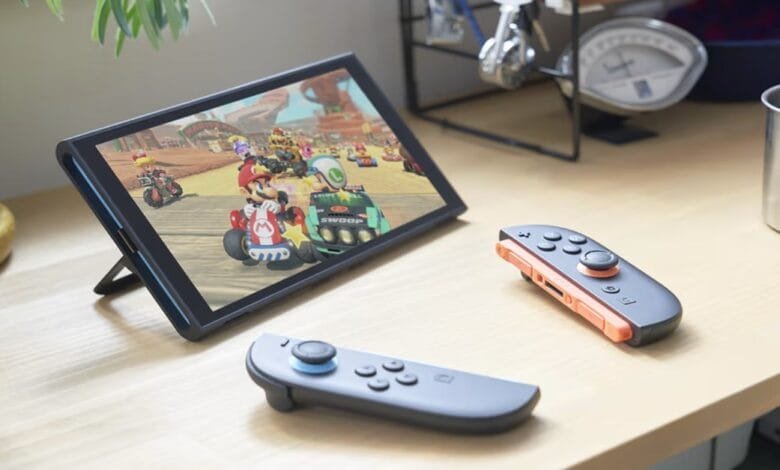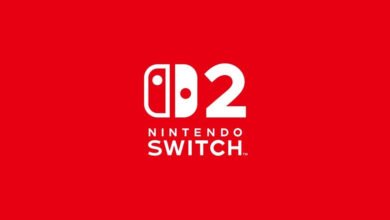Nintendo Focuses on Attention, Not Console Wars

▼ Summary
– The Nintendo Switch 2’s launch had a limited game lineup, disappointing some buyers compared to the PlayStation 5’s robust 2020 launch titles.
– Donkey Kong Bananza’s release in July revived excitement for the Switch 2, shifting the narrative after initial concerns about its sparse launch offerings.
– Nintendo has adopted a strategy of releasing one first-party game per month, maintaining consistent engagement and discussion among players.
– This approach, refined during the Switch era, ensures a steady stream of new content without overwhelming players, fostering a “book club” style of gaming.
– Nintendo’s method contrasts with other media platforms like Netflix and Disney+, which struggle with content overload, by offering manageable, spaced-out releases.
Nintendo has mastered the art of keeping players engaged with a steady stream of releases, proving that winning the attention game matters more than competing in console wars. While the Nintendo Switch 2’s launch lineup seemed sparse compared to rivals like PlayStation 5, the company’s long-term strategy is already paying off. Instead of flooding the market with titles all at once, Nintendo spaces out high-quality first-party games month after month, a tactic that keeps fans talking and playing without overwhelming them.
The pattern is unmistakable. Over the past year, Nintendo delivered a new game almost every month, from Another Code: Recollection in January to Fitness Boxing 3: Your Personal Trainer in December. Even with occasional gaps, the rhythm ensures there’s always something fresh to explore. This approach transforms gaming into a shared experience, where players dive into each release together, dissecting mechanics and sharing tips before moving on to the next adventure.
Now, the same strategy is unfolding with the Switch 2. Mario Kart World kicked things off in June, followed by Donkey Kong Bananza in July. August belongs to Drag X Drive, while Pokémon Legends: Z-A dominates October. With heavy hitters like Metroid Prime 4: Beyond and Hyrule Warriors: Age of Imprisonment still on the horizon, Nintendo’s calendar promises no shortage of excitement.
Not every title will be a masterpiece, but that’s not the point. By pacing releases, Nintendo avoids the fatigue that plagues other platforms. Streaming services like Netflix and Disney+ struggle with content overload, leaving viewers unsure where to focus. In contrast, Nintendo’s curated schedule ensures each game gets its moment in the spotlight. Players have time to fully enjoy Mario Kart World before shifting to Donkey Kong Bananza, fostering deeper engagement rather than rushed playthroughs.
This isn’t about outselling competitors, it’s about sustaining interest. While Sony and Microsoft battle over hardware specs and blockbuster exclusives, Nintendo quietly dominates the conversation by making every release an event. The result? A dedicated fanbase that stays hooked, month after month, proving that sometimes, less really is more.
The takeaway is clear: Nintendo isn’t playing the same game as its rivals. By prioritizing consistent, thoughtful releases over sheer volume, the company keeps players invested without burning them out. In an era where gaming libraries feel endless, that’s a strategy worth celebrating.
(Source: Polygon)





